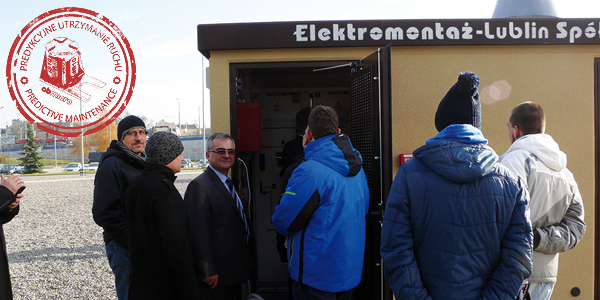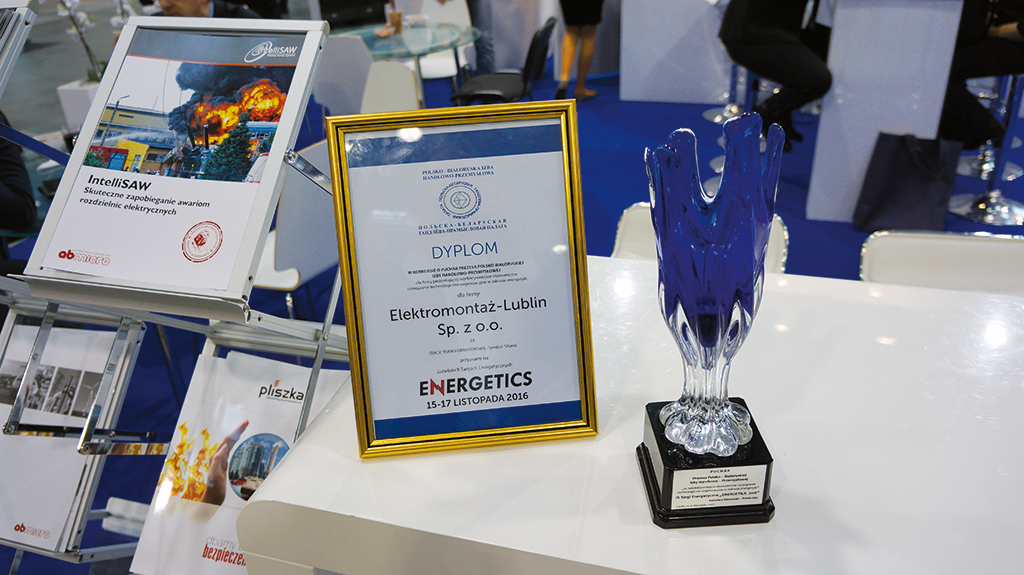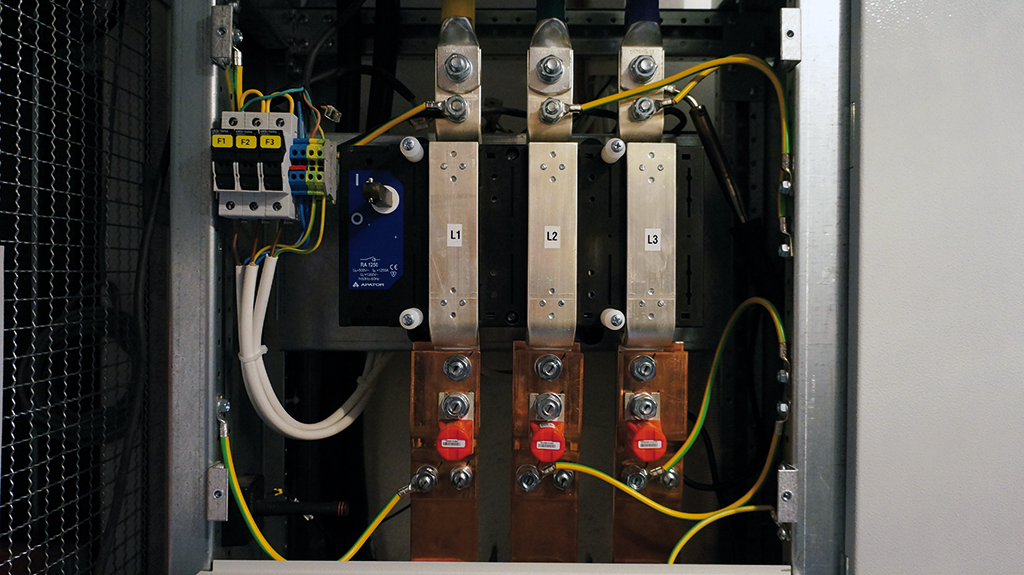Predictive surveillance system in power industry
It is true that a bit of luck is needed in life, but just relying on it can bring catastrophic results. That is why the advanced technology for continuous monitoring quickly enters our technical community. This is best seen in automotive industry, where the resources used to monitoring are immense.
It is to be noted that based on sensor information, the on-board computers in a vehicle do a lot of things for the driver. One of such sensors is the tire pressure sensor. This sensor, based on the SAW (surface acoustic wave) technology, converts the pressure to the electrical quantities and transmits the measurement results from the rolling wheel to the antenna located in mudguard. Automotive industry sets trends in predictive maintenance, whose primary purpose is anticipation of failure. It is always better to know about the threat an hour earlier than a fraction of a second too late.

Power industry is a very conservative field of technology, but here the sparks of innovative thinking appear too. Modern control should be used in moderation and always use the adequate measures for given application. The case of surveillance is quite different, here there are no restrictions. The more information about the object activity, the better for its security. The number of sensors used to monitor an object does not matter, of course, within reasonable limits. For high reliability of measurements, the redundant circuits or „heartbeat” sensors are used for self-monitoring.
On the last year’s Energetics Fair in Lublin an innovative solution was presented that is a part of the Predictive Maintenance methodology. This is an open system of surveillance of built-in power objects which are often located in „the middle of nowhere”. The planned review of such facilities is extremely important for their proper operation. Signalling and registration of the open door of the transformer station can be a confirmation of the presence of the maintenance staff or the presence of an intruder, which, for safety reasons, is an important factor in generating an alarm. This solution was applied in transformer station STLmb 15 / 0.4 kV produced by Elektromontaż–Lublin. The potential of this innovation treasure was appreciated by the President of the Polish-Belarusian Chamber of Commerce, who rewarded this modern transformer station with a cup funded by him.

The innovativeness of this facility simply refers to the automotive. The wireless temperature measurement used in the transformer substations on both medium and low voltage side is based on SAW technology. Yes, it is the same technology which is used in car wheels. Other solutions used in this facility also determine directions for the development of predictive supervision of power objects. In addition to these wireless IntelliSAW temperature measurements, you can also measure humidity and temperature in and out of the station, detect water presence in the station, and use fire extinguisher system named “Pliszka”. In this last application, an important element of the system was the design of special shutters automatically shut down by the engineers from Elektromontaż–Lublin before releasing the gas extinguishing the fire.
Of course, in order to meet the conditions of predictive maintenance, in addition to the sensors, at least two brains are needed. One is a MT-151 HMI telemetry module and the other is a data analysis engineer. No advanced MT-151 HMI is required for basic power industry applications, but its advantages are that it is dedicated to measuring the temperature at critical points in a transformer station and in all voltage distribution boxes in both AC and DC circuits.

The display shows all the important parameters of the object and during the routine field inspection it is possible to verify these parameters with other measurement sources, such as thermal imaging cameras or humidity measuring instruments. Another advantage of the MT-151 HMI module is the built-in option of the recorder, which stores the defined parameters on the SD memory stick. In cases where GPRS transmission is for some reason unreachable, the data is saved and readable.
A large number of digital and analog inputs and outputs, as well as high-speed counters, opens up a wide range of possibilities for power object designers. The MODBUS RTU communication protocol provides information exchange between the various components of the surveillance and control system. If we take into account that the MT-151 HMI telemetry module is a fully functional programmable controller, we have an image of the potential capabilities of this unit in the supervision and control of objects, not only in the power industry.
The presented STLmb transformer station is an object which is well-protected against potential malfunction. The temperature risedetected by the wireless IntelliSAW temperature sensors is transmitted to a telemetric module, where programmed thresholds for warning and alarm trigger the SMS sending process to defined destinations. Of course, the hierarchy of sent alerts is arbitrary. For example, at the warning level, the on-duty dispatcher team receives the message and, in the event of alarm, additionally the maintenance staff and supervisors of the facility.
For proper prediction, it is necessary to analyze the temperature increments on historical graphs. This mainly concerns industrial facilities. If the temperature increase on bus bar lines is too dynamic, and happens when all the devices are switched on simultaneously (start of change), the temperature on the cables connected to these bus bars can be much higher than those indicated by the sensors. The elevated cable temperature, even short-lived but cyclical, degrades the insulation and can cause an electric arc, especially when humidity increases.




